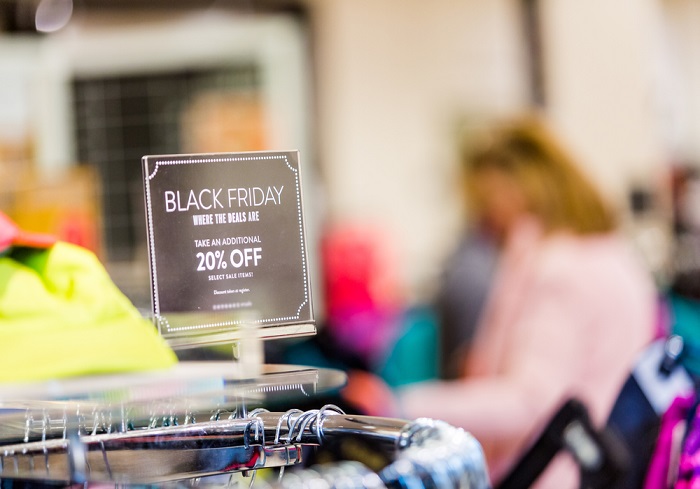
Though shoppers may not be as zealous for doorbuster Black Friday deals as they used to be, online retailers have picked up the slack in a major way this holiday shopping season. The traditional post-Thanksgiving retail tentpole has largely spread itself across an entire weekend and then some.
For consumers, this means more opportunities for deals, but for retailers, it means they have to keep a near-constant eye on competitors to make sure their prices aren’t accidentally driving would-be buyers away. And performing minute-by-minute price adjustments in the online retail age requires more than a pricing gun and a quick pair of hands.
According a study conducted over Black Friday weekend by 360pi, multiple brands raced each other to the bottom to offer the lowest possible prices on their holiday goods, but it was Amazon that managed to come out on top (or underneath). In a spot check of more than 7,000 products listed on a swath of marketplaces that also included Walmart, Target, Sears, Staples, Toys”R”Us and Rakuten, Amazon offered the lowest price on over 80 percent of the items surveyed.
While a mom-and-pop belief in offering consumers the best prices could certainly be part of the driving motivation for Amazon, 360pi’s research indicates that a Big Data mentality is more likely the lynchpin to the retail giant’s ability to stay one step ahead of even its largest competitors — especially as shoppers turn to their keyboards, phones and tablets come November. In a separate sample of 18,000 products listed on Amazon beginning Nov. 1, the prices of 14 percent were adjusted on the average day.
“Amazon has built their business around a highly sophisticated data-focused retail model, and no products get more of their attention than their best sellers,” Jenn Markey, vice president of marketing at 360pi, said in a statement. “The observed correlation between the number of marketplace sellers and Amazon’s price dynamism … provides additional insight into the eCommerce giant’s tactics and strategies during the holidays and beyond.”
This shouldn’t be overlooked, particularly because the next two leading retailers — Walmart (8 percent) and Target (4 percent) — also accounted for the second and third spots on the lowest pricing rankings. As more and more shoppers ditch in-person shopping on Black Friday weekend for the digital alternative, the same doorbuster mentality comes with them, and retailers that can’t outpace their competitors when it comes to consumers’ insatiable desires for the lowest price at any cost may hurt themselves in the process of trying to.
Case in point: Bloomberg Business reported that Target actually managed to out-lowball Amazon in one category during Black Friday itself — toys. With a selection of toys that included a hearty helping of Star Wars-themed merchandise, Target’s child-themed offerings were 1.3 percent lower than Walmart and 5.2 percent below Amazon. However smoothly things went in the pricing and marketing departments at Target on Black Friday, IT can’t say the same thing. Traffic on Target’s online store increased to unsustainable levels, and the retailer was forced to throttle incoming shoppers after the entire site crashed.
Despite the technical hiccups, Mariam Sherzad, an analyst at Bloomberg Intelligence, said that the potential benefit of gaining a reputation among consumers as a low-price retailer was worth the tradeoff in Internet connectivity.
“For a long time, Walmart was associated with having the lowest prices,” Sherzad said. “If Target is able to brand itself as being well-priced, it could steal some Walmart customers. It could also help make online sales a bigger piece of the pie. And last, it’s a fight to defend its customers from Amazon.”
When traditionally in-store retailers like Target try to take Amazon on at its own dynamic pricing game, there’s no doubt that they’re fighting an uphill battle. And even though Amazon might win that battle nine times out of 10, Black Friday 2015 has proven that physical retailers are embracing the pricing strategy of “if you can’t beat ’em, join ’em.”